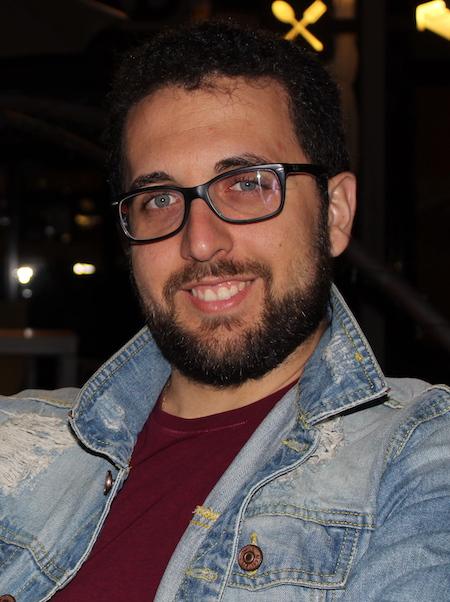Multisensory planetarium. The Universe as you never sensed it
PosterTeaching Methods and Tools
6th Shaw-IAU Workshop
Tuesday Nov. 12, 2024
UTC: 5:30 p.m. - 7 p.m. America/New_York: 12:30 p.m.- 2 p.m.
, Wednesday Nov. 13, 2024
UTC: 3 p.m. - 4:30 p.m. America/New_York: 10 a.m.- 11:30 a.m.
, Thursday Nov. 14, 2024
UTC: 10:30 a.m. - noon America/New_York: 5:30 a.m.- 7 a.m.
, Friday Nov. 15, 2024
UTC: 8 a.m. - 9:30 a.m. America/New_York: 3 a.m.- 4:30 a.m.
What if anyone could observe the night sky regardless of their physical abilities? This project means to offer a common perceptual and cognitive framework to all users, sighted, deaf and blind or visually impaired (BVI) alike. The planetarium consists of a plexiglass hemisphere on which stars up to the fourth magnitude are represented by metal bars that, when touched, activate visual, tactile and acoustic stimuli. The acoustic stimuli (used to represent magnitude) are intended to introduce a perceptive equivalent for BVI users, while the haptic ones introduce quantitative features (distance and magnitude) that can only be known through instrumental observations. The multisensory planetarium opens new perspectives for inclusive education, offering everyone the opportunity to explore the sky
Biography:
Federico Di Giacomo, graduated in cosmology and astrophysics at the University of Bologna in 2013. He has been working at INAF since 2015. He is involved in numerous projects of public engagement and scientific heritage projects. He curated the virtual exhibition "Look up!" and created educational workshops with Save the Children carried out in highly marginalized contexts. He also deals with multisensory content for inclusive astronomy and coordinates outreach activities for the ESA Gaia mission. He is currently involved in the use of emerging technologies to promote the CTAO, the largest ground-based gamma-ray observatory.





